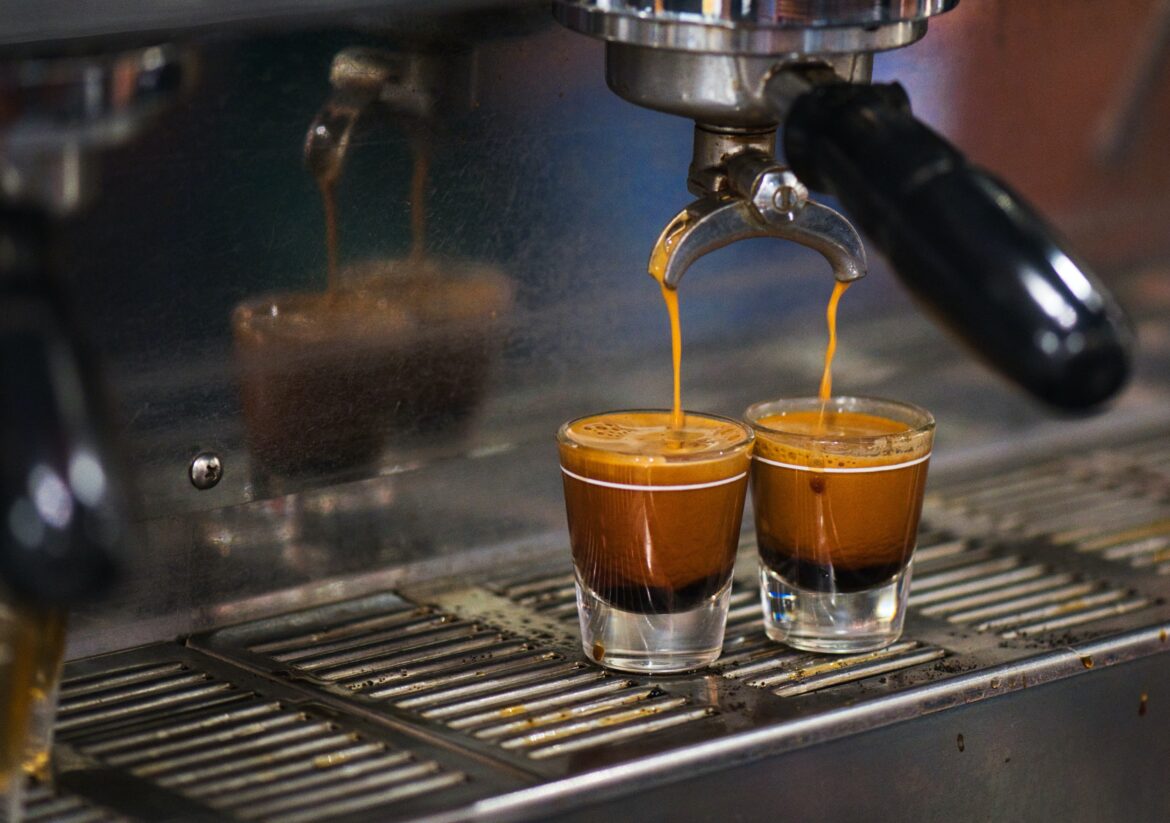Understanding Crema on an Espresso: The Essence of a Perfect Shot

When it comes to espresso, one cannot help but notice the delightful layer of foam that sits atop the dark, rich liquid. This velvety layer, known as crema, is not just aesthetically appealing; it holds great significance for espresso aficionados and baristas alike. In this blog, we will explore the concept of crema and unravel its mysteries.
What is Crema?
Crema is the dense, creamy layer of foam that forms on top of an espresso shot. It has a distinct golden-brown colour with tiny bubbles encased in a silky texture. The formation of crema is a key indicator of a well-prepared espresso.
The Wonderful Science Behind Crema
To understand the phenomenon of crema, we must delve into the intricate process of making an espresso. Espresso is brewed by forcing hot water at high pressure through finely-ground coffee beans. This process extracts several compounds from the coffee, including oils, sugars, and carbon dioxide (CO2).
The crema takes its genesis from the CO2 gas contained within the coffee beans. During the roasting process, CO2 becomes trapped inside the beans, forming a reservoir that is eventually released when the beans are ground and brewed. When the pressurized hot water comes into contact with the coffee grounds, it causes the CO2 to escape, emulsifying the oils present in the beans and creating the foamy layer we know as crema.
The Role of Crema in Espresso
Crema serves as the essence of a well-made espresso. It contributes to both taste and aesthetics, providing a unique sensory experience. Here are a few reasons why crema is highly valued:
1. Flavor Enhancer
Crema adds complexity and depth to the flavor profile of espresso. It contains aromatic compounds from the oils in the coffee beans, which infuse the espresso with distinct notes. Its slightly bitter taste balances the overall flavor, resulting in a harmonious cup of coffee.
2. Visual Appeal
Crema adds visual allure to an espresso. It contrasts beautifully against the dark body of the coffee, making the drink visually enticing. The thickness and persistence of the crema also serve as indicators of the coffee’s freshness and quality.
3. Espresso Extraction Indicator
Crema acts as an indicator of a well-executed espresso extraction. A perfect shot of espresso should have a layer of crema that is between 1/8th to 1/4th of an inch thick. If the crema is too thin or nonexistent, it may indicate under-extraction, while a thick and dark crema might suggest over-extraction.
Appreciating and Preserving Crema
To fully appreciate the crema, it is crucial to consume an espresso while the foam is still intact. Crema begins to dissipate shortly after extraction due to the effects of oxidation and the breakdown of the CO2 bubbles. As a result, the aroma and flavour of the espresso may change over time.
To preserve the crema, using freshly roasted and finely ground coffee beans, with the right coffee-to-water ratio and correct water temperature is essential. Additionally, maintaining high pressure during the extraction process, typically achieved through professional espresso machines, is crucial for achieving a robust crema.
Final Thoughts:
Crema is not just an aesthetic element in espresso but an integral part of the coffee experience. Its formation is influenced by various factors, including coffee bean quality, grind size, water temperature, and extraction technique. For espresso enthusiasts, the layer of crema signifies the skill and attention to detail put into crafting the perfect shot. So, the next time you savour an espresso, take a moment to appreciate the captivating beauty and flavorful richness that crema brings to your cup.
